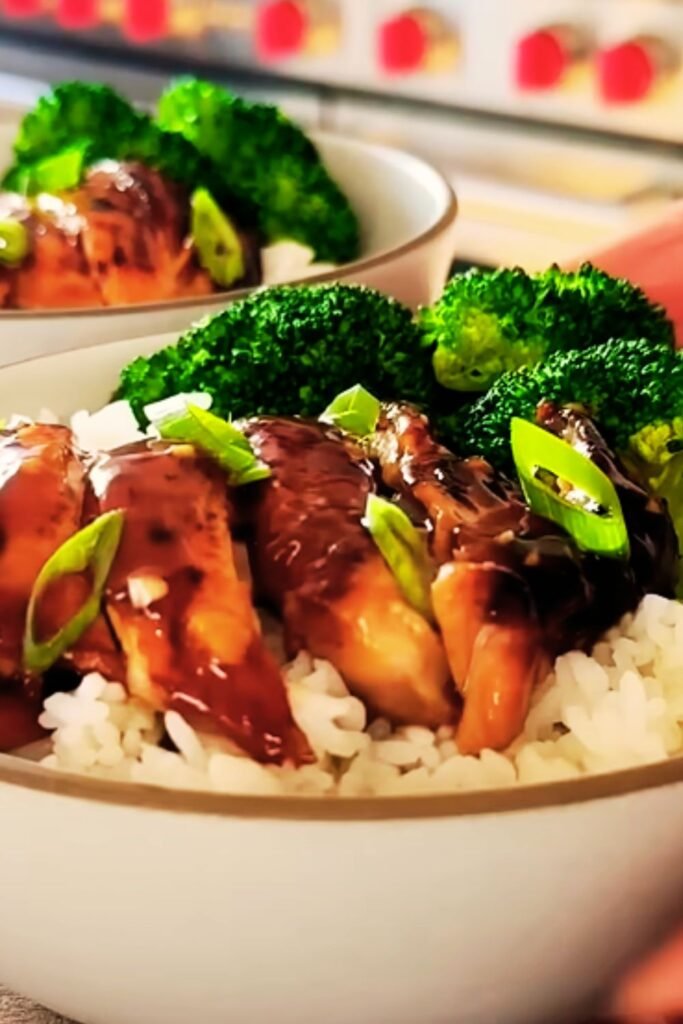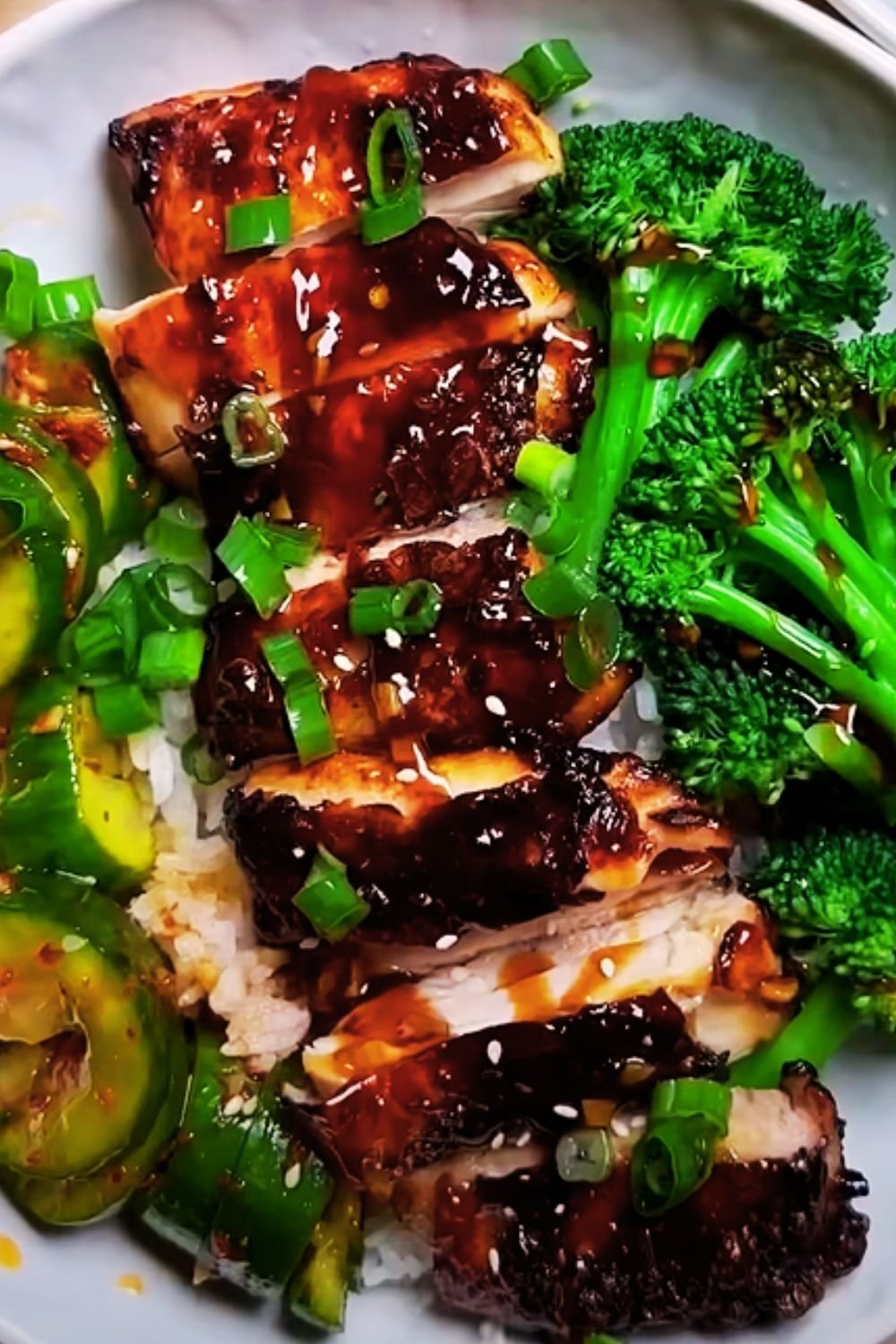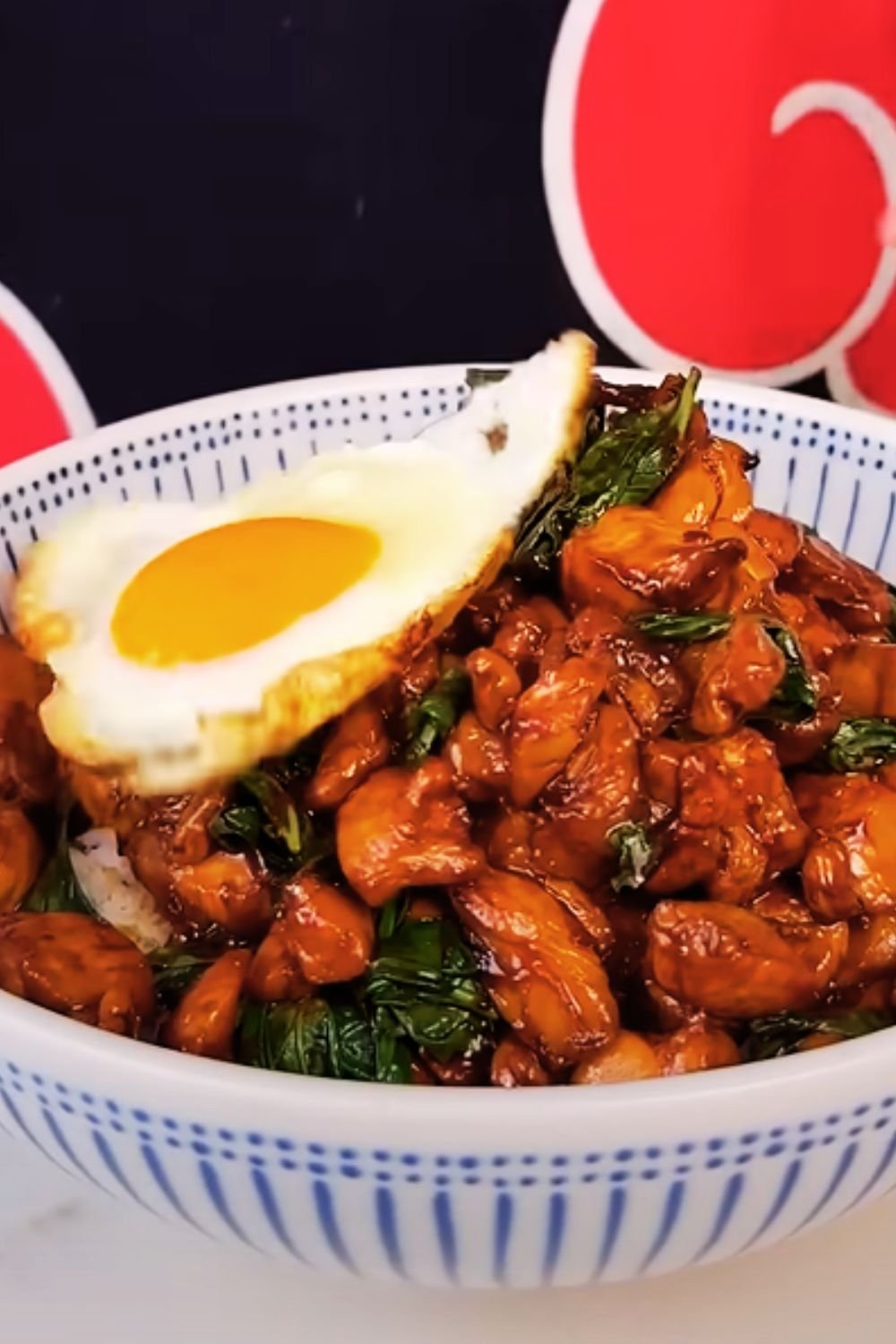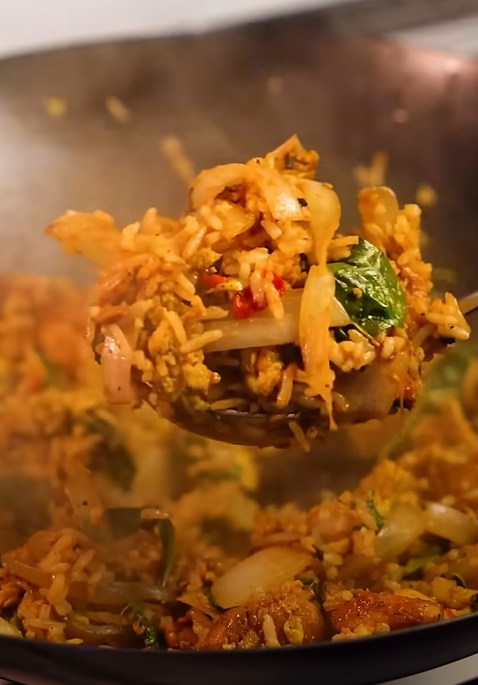I’ve been experimenting with matcha in my baking for years, and I can confidently say that these matcha crinkle cookies represent the perfect marriage between traditional Japanese flavors and beloved American cookie textures. The distinctive crackled appearance combined with the earthy, slightly bitter notes of matcha creates a cookie that’s both visually stunning and incredibly satisfying to eat.
What makes these cookies truly special is their unique texture – crispy on the outside with a tender, chewy center that melts in your mouth. The matcha powder doesn’t just add color; it brings a sophisticated depth that elevates these cookies far beyond your typical sweet treat. I’ve served these at dinner parties, holiday gatherings, and casual afternoon tea sessions, and they never fail to impress.
Understanding Matcha: The Heart of These Cookies
Matcha : A finely ground powder made from specially grown and processed green tea leaves, traditionally used in Japanese tea ceremonies. The leaves are shade-grown for several weeks before harvest, which increases chlorophyll levels and gives matcha its vibrant green color.
Ceremonial Grade Matcha : The highest quality matcha, made from the youngest tea leaves with stems and veins removed. This grade offers the most delicate flavor and brightest color.
Culinary Grade Matcha : A more affordable option designed specifically for cooking and baking. It has a stronger, more bitter flavor that stands up well to other ingredients.
Umami : The fifth taste, often described as savory or earthy. Matcha contributes this complex flavor note to baked goods.
The quality of matcha you choose significantly impacts your cookies’ final taste and appearance. I always recommend using culinary-grade matcha for baking – it’s more economical than ceremonial grade while still delivering excellent results. The key is finding a matcha that balances earthiness with subtle sweetness.
Essential Ingredients for Perfect Matcha Crinkle Cookies
Creating the perfect matcha crinkle cookie requires understanding how each ingredient contributes to the final result. I’ve tested numerous variations over the years, and this combination consistently produces cookies with the ideal texture and flavor balance.
Core Ingredients Breakdown
| Ingredient | Quantity | Purpose | Substitution Notes |
|---|---|---|---|
| All-purpose flour | 2 cups | Structure and texture | Can substitute up to 1/4 cup with almond flour |
| Culinary-grade matcha powder | 3 tablespoons | Flavor and color | Do not substitute with green tea powder |
| Granulated sugar | 1 cup | Sweetness and texture | Can reduce by 2 tablespoons if preferred |
| Brown sugar (packed) | 1/2 cup | Moisture and chewiness | Light or dark brown sugar works |
| Unsalted butter (softened) | 1/2 cup | Fat content and flavor | Can substitute with vegan butter |
| Large eggs | 2 | Binding and structure | Room temperature works best |
| Vanilla extract | 1 teaspoon | Flavor enhancement | Pure vanilla recommended |
| Baking powder | 1 teaspoon | Leavening agent | Ensure it’s fresh for best results |
| Salt | 1/2 teaspoon | Flavor balance | Sea salt or kosher salt preferred |
| Powdered sugar | 1/2 cup | Coating for crinkle effect | Confectioner’s sugar works identically |
The magic happens when these ingredients work together. The combination of granulated and brown sugar creates the perfect balance of crispy exterior and chewy interior. The matcha powder needs to be sifted to prevent clumps, and I always recommend measuring it carefully – too much can make the cookies overly bitter.
Step-by-Step Baking Process
I’ve refined this process through countless batches, and each step serves a specific purpose in creating the perfect crinkle effect and texture.
Preparation Phase
- Preheat your oven to 350°F (175°C) and line two baking sheets with parchment paper
- Sift together the flour, matcha powder, baking powder, and salt in a medium bowl
- Set up your coating station by placing powdered sugar in a shallow dish
Mixing the Dough
- Cream the butter with both sugars in a large bowl using an electric mixer until light and fluffy (about 3-4 minutes)
- Add eggs one at a time, beating well after each addition
- Mix in vanilla extract until just combined
- Gradually fold in the dry ingredients until just combined – don’t overmix
The dough should be slightly sticky but manageable. If it’s too wet, refrigerate for 30 minutes before shaping.
Shaping and Coating
- Scoop dough into 1.5-tablespoon portions using a cookie scoop or spoon
- Roll each portion into a ball with your hands
- Roll each ball in powdered sugar until completely coated
- Place on prepared baking sheets about 2 inches apart
Baking to Perfection
- Bake for 10-12 minutes until edges are set and cookies have developed cracks
- Don’t overbake – cookies should still look slightly underdone in the center
- Cool on baking sheet for 5 minutes before transferring to a wire rack
The timing is crucial here. I’ve found that 11 minutes is usually perfect for my oven, but every oven behaves differently. The cookies will continue to cook slightly on the hot pan, so removing them when they still look slightly underdone ensures they won’t be dry.

Troubleshooting Common Issues
Through my years of perfecting this recipe, I’ve encountered every possible problem and found solutions for each one.
Texture Problems and Solutions
| Issue | Cause | Solution |
|---|---|---|
| Cookies spread too much | Butter too warm, dough too warm | Chill dough for 30 minutes before baking |
| Cookies don’t crack | Not enough sugar coating, oven too hot | Ensure thorough coating, check oven temperature |
| Cookies too dry | Overbaked, too much flour | Reduce baking time, measure flour carefully |
| Cookies too soft | Underbaked, too much brown sugar | Increase baking time by 1-2 minutes |
| Weak matcha flavor | Low-quality matcha, not enough powder | Use culinary-grade matcha, increase to 4 tablespoons |
| Bitter taste | Too much matcha, poor quality matcha | Reduce matcha slightly, ensure fresh powder |
Color and Appearance Issues
The vibrant green color is one of the most appealing aspects of these cookies. If your cookies turn out brown or dull green, it’s usually due to overbaking or using old matcha powder. Fresh matcha should have a bright, vibrant green color and a fresh, grassy aroma.
I store my matcha in an airtight container in the refrigerator to maintain its color and flavor. Matcha can lose its vibrancy quickly when exposed to light and air, so proper storage is essential.
Nutritional Information and Dietary Considerations
Understanding the nutritional profile helps you make informed decisions about serving sizes and dietary modifications.
Nutritional Breakdown (Per Cookie)
| Nutrient | Amount | % Daily Value |
|---|---|---|
| Calories | 145 | 7% |
| Total Fat | 5g | 8% |
| Saturated Fat | 3g | 15% |
| Cholesterol | 25mg | 8% |
| Sodium | 85mg | 4% |
| Total Carbohydrates | 24g | 9% |
| Dietary Fiber | 1g | 4% |
| Sugars | 16g | – |
| Protein | 2g | 4% |
| Antioxidants | High | – |
| Caffeine | 15mg | – |
Dietary Modifications
I’ve successfully adapted this recipe for various dietary needs:
Gluten-Free Version: Replace all-purpose flour with a 1:1 gluten-free flour blend. Add 1/4 teaspoon xanthan gum if your blend doesn’t include it.
Vegan Adaptation: Use vegan butter and replace eggs with flax eggs (2 tablespoons ground flaxseed mixed with 6 tablespoons water, let sit for 5 minutes).
Reduced Sugar: You can reduce the granulated sugar by up to 1/4 cup, but the texture will be slightly less crispy.
Dairy-Free: Simply substitute the butter with your preferred dairy-free alternative.
Storage and Serving Suggestions
Proper storage ensures your cookies maintain their perfect texture and flavor for days after baking.
Storage Methods
Room Temperature: Store in an airtight container for up to 5 days. Place parchment paper between layers to prevent sticking.
Freezer Storage: Wrap cookies individually in plastic wrap and store in a freezer bag for up to 3 months. Thaw at room temperature for 15 minutes before serving.
Dough Storage: Shape dough into balls, coat with powdered sugar, and freeze on baking sheets. Transfer to freezer bags once solid. Bake directly from frozen, adding 1-2 minutes to baking time.
Serving Suggestions
These cookies pair beautifully with various beverages and occasions:
- Afternoon Tea: Serve alongside traditional tea sandwiches and scones
- Coffee Pairing: The earthy matcha complements both espresso and lighter roasts
- Dessert Platter: Arrange with other Japanese-inspired treats like mochi or dorayaki
- Holiday Gifts: Package in decorative tins or boxes for thoughtful homemade gifts
- Special Occasions: Perfect for baby showers, bridal parties, or spring celebrations
Advanced Techniques and Variations
Once you’ve mastered the basic recipe, these variations can add exciting new dimensions to your matcha crinkle cookies.
Flavor Variations
White Chocolate Matcha: Fold in 1/2 cup white chocolate chips for added sweetness and texture contrast.
Matcha Sesame: Add 2 tablespoons toasted sesame seeds for a nutty crunch and authentic Japanese flavor combination.
Matcha Ginger: Include 1/2 teaspoon ground ginger and 1/4 cup crystallized ginger pieces for a spicy kick.
Double Matcha: Increase matcha powder to 4 tablespoons and add 1/2 cup white chocolate chips infused with matcha for an intense flavor experience.
Professional Tips
Temperature Control: I always use an oven thermometer to ensure accuracy. Even a 25-degree difference can significantly impact the final result.
Humidity Considerations: On humid days, add an extra 1-2 tablespoons of flour to compensate for moisture in the air.
Consistency Matters: Use a cookie scoop to ensure uniform size – this guarantees even baking and professional appearance.
Timing Is Everything: Don’t open the oven door during the first 8 minutes of baking, as this can cause cookies to collapse.
The Science Behind the Crinkle
Understanding the science helps you achieve consistent results every time. The crinkle effect occurs when the cookie’s surface sets quickly in the hot oven while the interior continues to expand. The powdered sugar coating creates a barrier that cracks as the cookie spreads, creating those beautiful fissures.
The key factors for perfect crinkles include:
- Sugar Ratio: The combination of granulated and brown sugar creates the right moisture content
- Coating Technique: Thorough powdered sugar coating is essential
- Oven Temperature: High enough to set the surface quickly but not so high as to burn
- Dough Consistency: Slightly sticky dough creates better expansion
Seasonal Adaptations
I love adapting these cookies for different seasons and holidays:
Spring Version: Add lemon zest and a light lemon glaze for a fresh, bright flavor.
Summer Twist: Incorporate freeze-dried strawberries for a fruity contrast to the earthy matcha.
Fall Variation: Include a pinch of cinnamon and cardamom for warming spices.
Winter Holiday: Add white chocolate chips and a dusting of edible pearl dust for an elegant presentation.
Professional Presentation Tips
When serving these cookies for special occasions, presentation matters:
- Plating: Use white or cream-colored plates to showcase the vibrant green color
- Garnish: A light dusting of additional matcha powder or a few green tea leaves
- Accompaniments: Serve with high-quality loose-leaf green tea or matcha lattes
- Packaging: For gifts, use clear cellophane bags tied with elegant ribbons
Questions and Answers
Q: Why do my matcha crinkle cookies turn out brown instead of green?
This usually happens when the oven temperature is too high or the cookies are overbaked. Matcha can lose its vibrant green color when exposed to excessive heat. Try reducing your oven temperature by 25 degrees and checking for doneness a minute or two earlier.
Q: Can I make these cookies without eggs?
Absolutely! I’ve successfully made vegan versions using flax eggs (1 tablespoon ground flaxseed mixed with 3 tablespoons water per egg). The texture is slightly different but still delicious. You can also try commercial egg replacers following the package instructions.
Q: How can I make the matcha flavor stronger?
Increase the matcha powder gradually – I recommend starting with an additional tablespoon. Remember that too much matcha can make cookies bitter, so taste-test your dough before baking. Also, ensure you’re using fresh, high-quality culinary-grade matcha powder.
Q: Why don’t my cookies crack properly?
The crinkle effect depends on several factors: make sure your dough balls are thoroughly coated with powdered sugar, your oven is properly preheated, and you’re not overbaking. The surface needs to set quickly while the interior continues to expand.
Q: Can I freeze the cookie dough?
Yes! Shape the dough into balls, coat with powdered sugar, and freeze on baking sheets. Once solid, transfer to freezer bags. You can bake them directly from frozen – just add 1-2 minutes to the baking time.
Q: What’s the difference between ceremonial and culinary grade matcha?
Ceremonial grade is made from the youngest tea leaves and has a more delicate, less bitter flavor. It’s perfect for drinking but expensive for baking. Culinary grade is specifically designed for cooking and baking, with a stronger flavor that holds up well to other ingredients.
Q: How do I know when the cookies are done?
The cookies should look set around the edges with visible cracks on the surface. The centers might still look slightly underdone – that’s perfect! They’ll continue cooking on the hot pan after removal from the oven.
Q: Can I add other mix-ins to these cookies?
Certainly! White chocolate chips, chopped macadamia nuts, or even small pieces of crystallized ginger work wonderfully. Keep additions to about 1/2 cup total to maintain the proper dough consistency.
Q: How long do these cookies stay fresh?
When stored properly in an airtight container at room temperature, they’ll stay fresh for up to 5 days. For longer storage, freeze them for up to 3 months. The texture and flavor actually improve slightly after the first day as the flavors meld together.
Q: Why are my cookies spreading too much during baking?
This usually indicates that your butter was too warm when mixing, or your dough was too warm when shaping. Try chilling the shaped dough balls for 15-30 minutes before baking. Also, ensure your baking sheets aren’t too warm when you place the cookies on them.
These matcha crinkle cookies represent more than just a sweet treat – they’re a bridge between cultures, a celebration of unique flavors, and a testament to the beauty that emerges when traditional techniques meet creative innovation. Each bite delivers that perfect balance of familiar comfort and exotic sophistication that makes them truly special.
The process of making these cookies has taught me patience, precision, and the importance of quality ingredients. Whether you’re baking them for a special occasion or simply to satisfy a craving for something extraordinary, these cookies will undoubtedly become a cherished addition to your baking repertoire.


